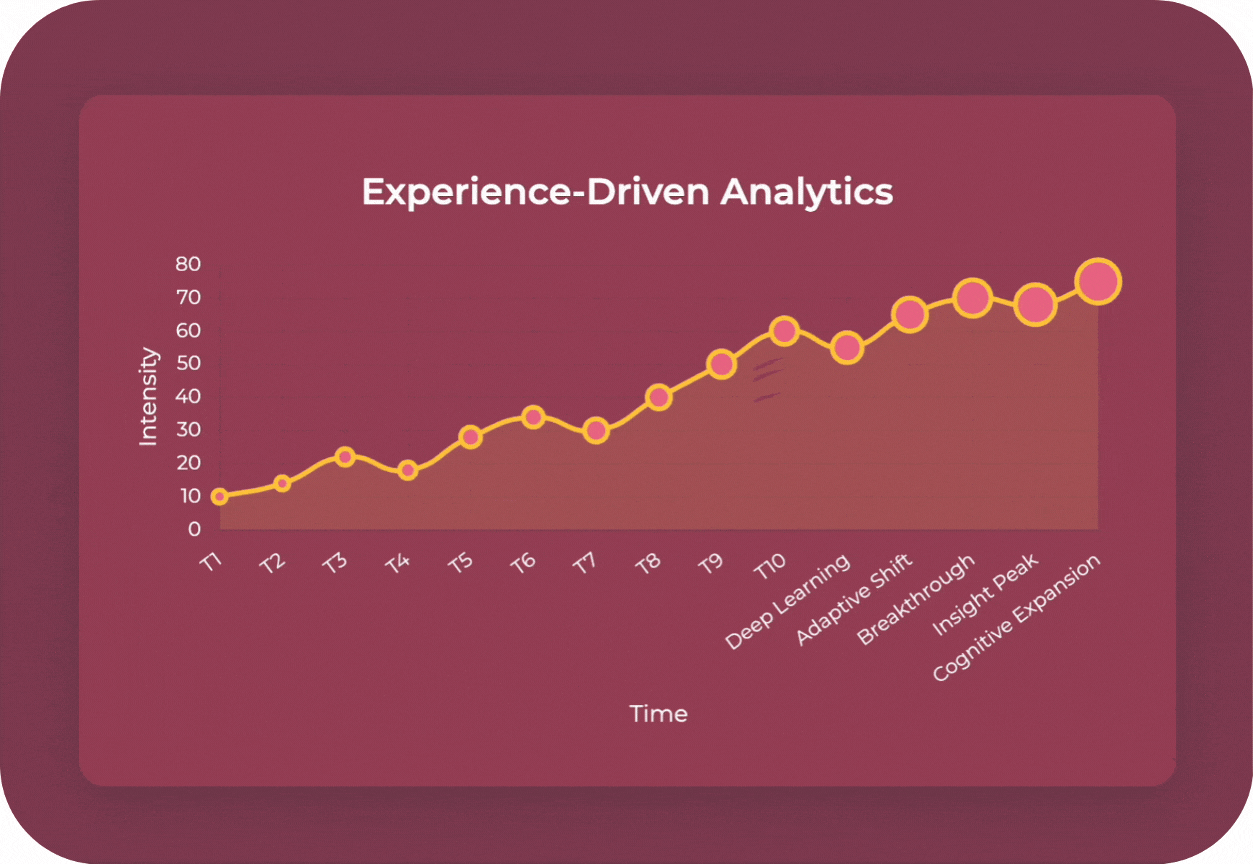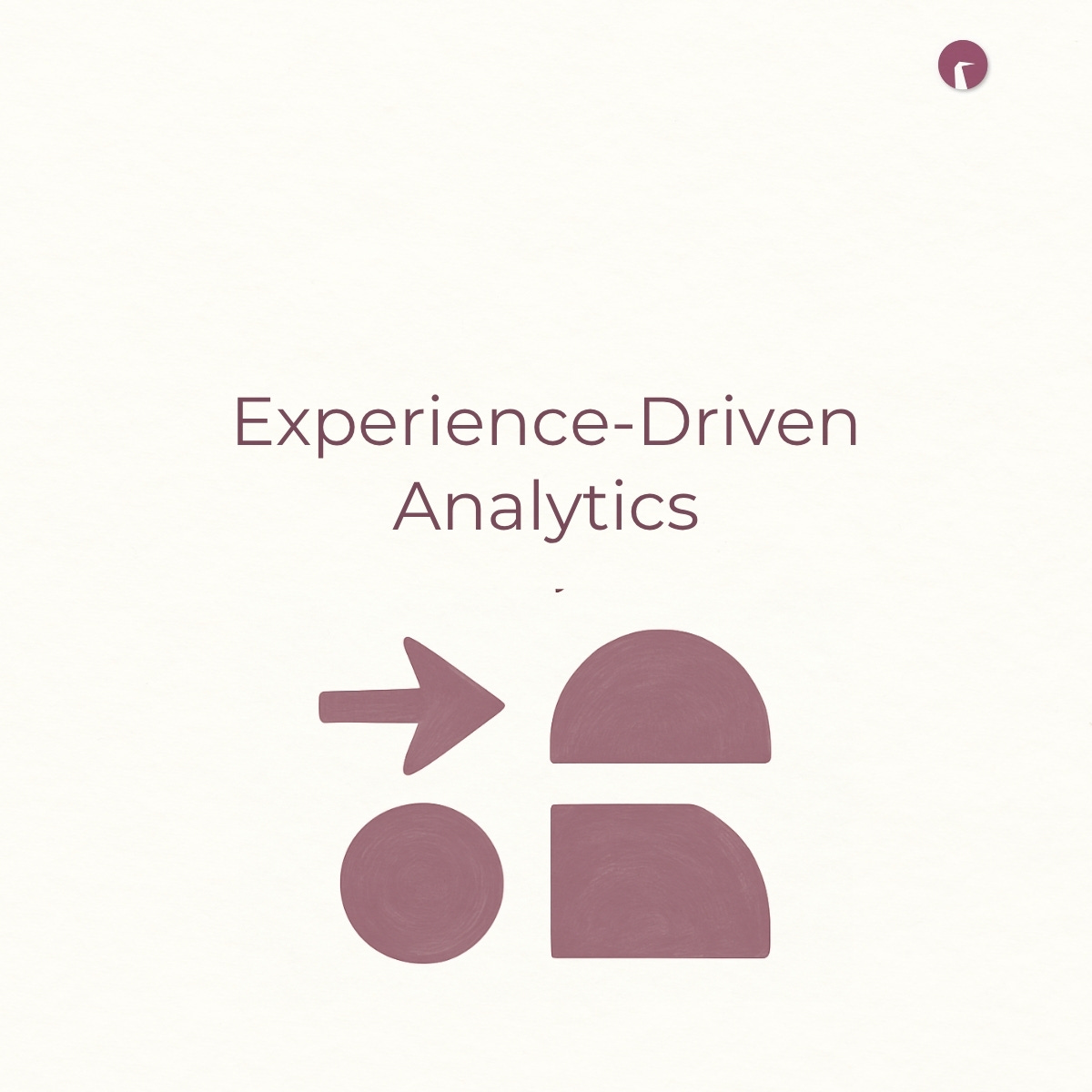Experience-Driven Analytics
Short in video:
We live in a world obsessed with data.
Every decision, every move, every "next step" is wrapped in dashboards, KPIs, and charts.
But here’s the problem:
numbers don’t feel.
Numbers don’t tell stories.
Numbers don’t explain the hesitation before a decision or the frustration behind an abandoned cart.
Analytics, as we know it, has been built for observation — not understanding.
Why Data Feels Incomplete
A customer retention chart can tell you churn rates.
But does it reveal the quiet frustration that builds long before a user leaves?
An employee performance metric can show a drop in productivity.
But does it capture the subtle disengagement — the slowing tone of emails, the growing silence in meetings?
Data in isolation is flat.
We need analytics that captures not just what happened but how it was experienced.
The Shift: Experience-Driven Analytics
I call this experience-driven analytics.
It’s the idea of combining traditional data with the phenomenological layer — understanding moments as they are lived, not just recorded.
1. The Broad View: Patterns
Traditional metrics still matter: churn rates, adoption curves, engagement levels.
But these give us only the outline.
The story begins where the numbers stop.
2. The Deep Experience Layer: Meaningful Moments
Not all data points are equal.
Experience-driven analytics zooms in on inflection points — moments where emotions shift, where decisions are made.
Think of:
A pause before abandoning checkout.
A subtle tone change in customer support messages before a complaint.
A delayed response rhythm in workplace chats before burnout sets in.
This is where machine learning meets phenomenology.
3. The Adaptive Layer: Responding in Real Time
Experience-driven systems learn as they observe.
Reinforcement learning detects hesitation and suggests real-time nudges.
NLP-powered sentiment analysis uncovers emotional shifts.
Adaptive AI models prevent issues before they surface.
Why This Matters
Most organizations are drowning in dashboards but starving for insight.
We think we’re data-driven, but we’re missing the human layer.
A user doesn’t just “churn.”
An employee doesn’t just “quit.”
Behind every data point is a human journey — with doubt, frustration, curiosity, and choice.
This is where experience becomes the new data layer.

Real-World Applications
Customer Experience: Emotional AI predicts frustration before churn, reshaping the journey in real time.
HR Analytics: Detecting early burnout signals before resignations.
Financial Markets: Reading collective emotions — fear, greed, hesitation — to predict market shifts.
Health & Well-Being: Systems that adapt to subtle emotional changes, not just crisis moments.
The Future of Analytics
Data alone explains the past.
Experience-driven analytics understands the present — and anticipates the future.
This is not just an upgrade.
It’s a shift in intelligence.
The question is no longer: “What happened?”
It’s: “How was it experienced, and what does it mean?”

References:
Beckmann, P., Köstner, G. and Hipólito, I. (2023) Rejecting Cognitivism: Computational Phenomenology for Deep Learning. Available at: https://arxiv.org/abs/2302.09071.
Cambo, S.A. and Gergle, D. (2022) Model Positionality and Computational Reflexivity: Promoting Reflexivity in Data Science. Available at: https://arxiv.org/abs/2203.07031.
Husserl, E. (2020) Husserl’s Phenomenology: A Lo-Fi Voyage into the Essence of Thought.



